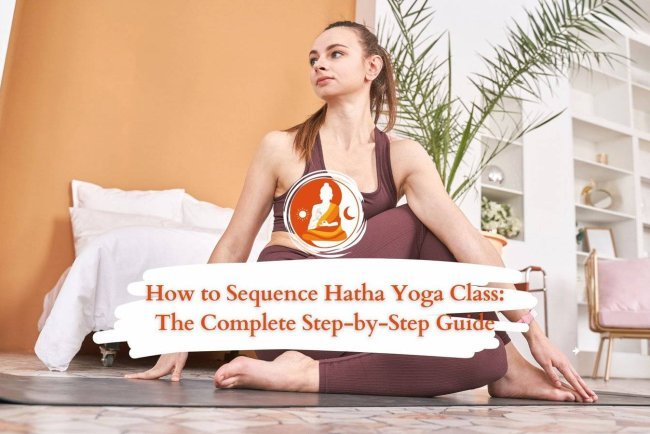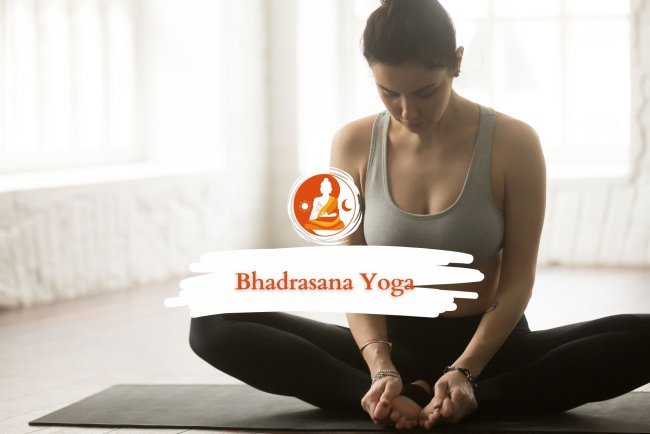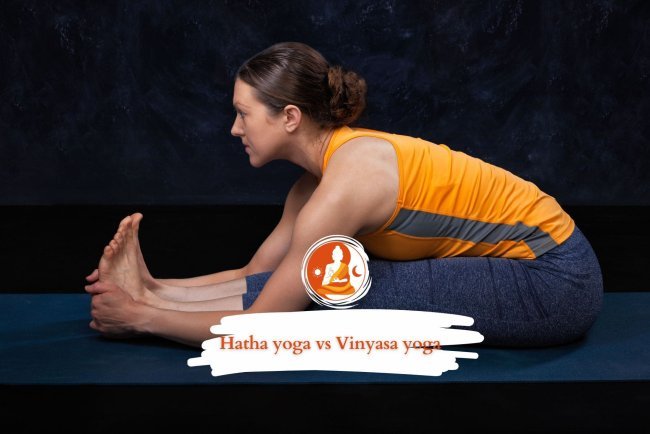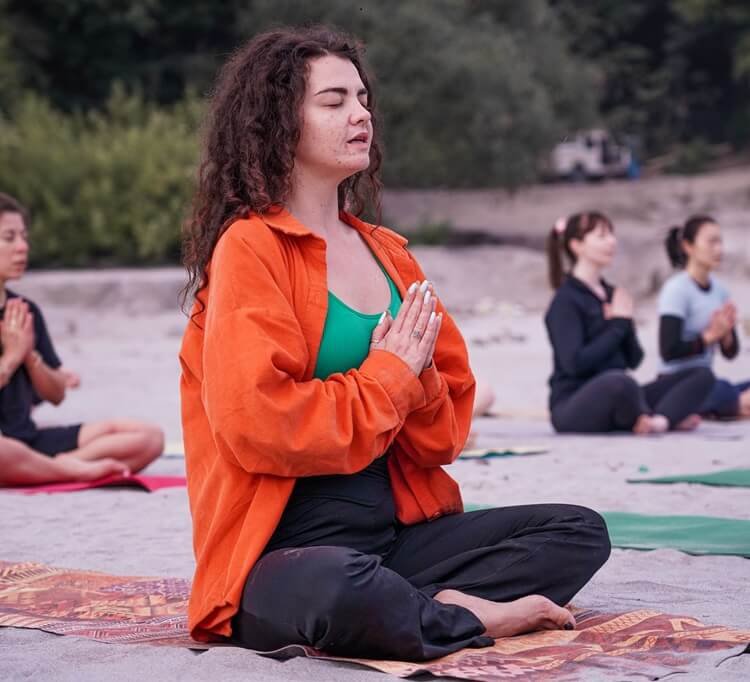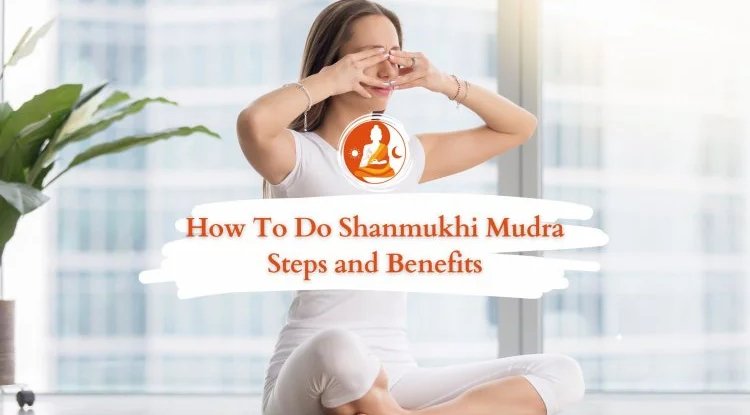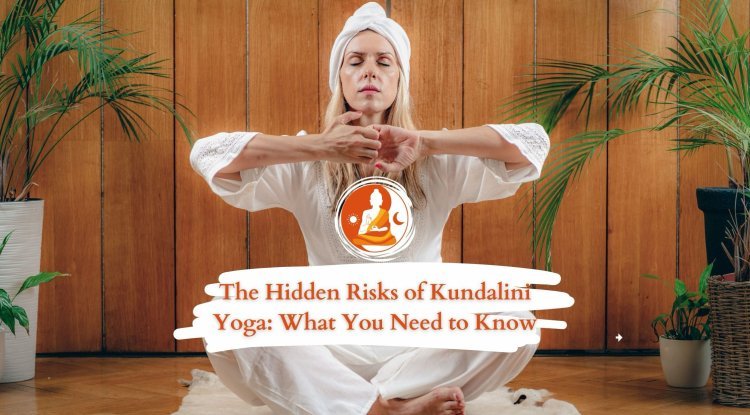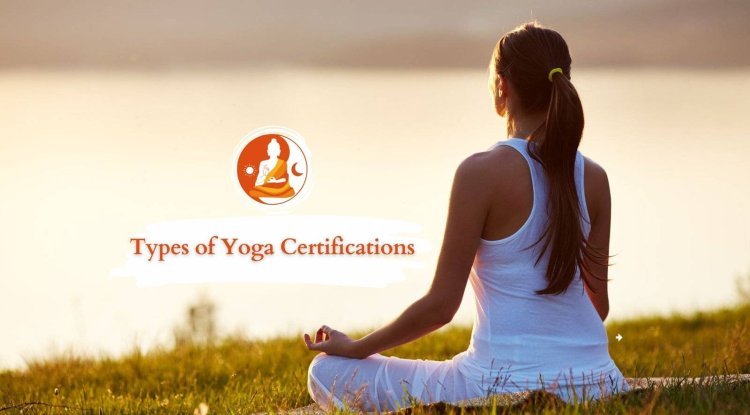What is Pranayama? Different Types of Pranayama

You’ve probably heard of yoga and meditation—but have you ever come across pranayama breathing? If not, get ready to be genuinely amazed.
So, what exactly is pranayama? In simple terms, it’s the ancient yogic practice of conscious breath control. But its benefits go far beyond just breathing deeply. Practicing different types of pranayama can uplift your energy, clear your mind, and bring a profound sense of inner calm.
By simply tuning into your breath, you can unlock a powerful tool for healing and transformation—one that nurtures your body, calms your mind, and elevates your spirit.
That’s why in this article, we’re excited to guide you through the essence of pranayama and introduce you to its transformative techniques. Whether you’re new to yoga or looking to deepen your practice, these simple yet powerful breathing methods will inspire and motivate you every step of the way.
Prana (Life Force) – The Science of Pranayama
While often linked with breathing, prana is much more than just the air we inhale and exhale. Prana is the vital life force that flows through thousands of subtle energy channels in the body known as nadis, and it circulates through powerful energy centers called chakras. It forms a luminous aura around the physical body and plays a central role in shaping our mental, emotional, and physical well-being.
The quantity and quality of prana—and how it flows through these nadis and chakras—directly influence our state of mind. When prana moves smoothly, freely, and abundantly, the mind remains calm, focused, and full of vitality. On the other hand, when our lifestyle, thoughts, or especially our breathing patterns are disturbed or unconscious, prana becomes blocked or erratic. This disruption causes imbalances that may manifest as fear, anxiety, inner conflict, stress, and emotional instability.
Every issue—emotional or physical—first begins as a disturbance in the flow of prana. These imbalances arise in the pranic sheath (one of the five layers of our existence) long before they appear in the physical body.
Pranayama, the yogic science of breath regulation, helps us restore and harmonize this life force. By becoming aware of and refining our breath, we can clear energy blockages, calm the mind, and promote deep healing on all levels—mental, emotional, energetic, and physical.
What is Pranayama?
Prana is the vital force that sustains both the body and mind—it is the very essence of life. Without prana, there is no movement, no energy, no life. Therefore, when we speak of our ‘life,’ we are truly referring to this inner life force. Ayama means expansion, regulation, or control. Together, Pranayama refers to the conscious regulation and expansion of this life force.
Pranayama holds a special place among the eight limbs of Yoga (Ashtanga Yoga), as outlined by the sage Patanjali. It serves as a bridge between the external practices of posture (asana) and the internal journey of meditation (dhyana). Far more than just breath control, pranayama is a profound science that enhances vitality, sharpens awareness, and purifies both body and mind.
Rooted in ancient wisdom, pranayama practices involve various techniques that work to deepen, lengthen, and refine the breath—ultimately influencing the flow of prana within us. These practices not only balance the nervous system but also clear energetic blockages and awaken higher states of consciousness.
There are many forms of pranayama, each with unique effects—from calming and cooling to energizing and purifying. Whether you're new to yoga or a seasoned practitioner, pranayama offers a powerful gateway to self-mastery and inner harmony.
Stages of Pranayama
Every pranayama technique—regardless of its complexity—follows three essential stages that form the foundation of the practice. Understanding and mastering these stages is key to unlocking the full benefits of pranayama for body, mind, and spirit.
1. Puraka (Inhalation)
Puraka is the act of inhaling air smoothly and steadily, using a controlled and consistent force. During this phase, the lungs fill gradually, with the intensity of inhalation naturally decreasing as the lungs expand. The goal is to maintain a calm, uninterrupted flow of breath, avoiding any strain or jerky movement. The duration of Puraka should be carefully balanced to support the next two stages—Kumbhaka and Rechaka—with ease and stability.
2. Kumbhaka (Retention)
Kumbhaka refers to the intentional holding of the breath, either after inhalation or exhalation.
-
Antar Kumbhaka is the retention of breath after inhaling.
-
Bahya Kumbhaka is the brief pause after exhaling.
This controlled breath retention deepens internal awareness, calms the nervous system, increases inner heat, and strengthens both body and mind. Kumbhaka is often combined with bandhas (energetic locks) and meditative practices to amplify pranic energy and sharpen focus.
3. Rechaka (Exhalation)
Rechaka is the slow, mindful release of breath. Unlike natural exhalation, this phase is extended and controlled, often involving specific techniques. For example:
-
In Anulom Vilom, breath is exhaled through one nostril.
-
In Ujjayi, the exhale passes through a gently contracted glottis to create a soft, oceanic sound.
This controlled exhalation minimizes airway resistance and slows down the breath, inducing a deep sense of calm and grounding.
Benefits of Pranayama
The simple act of conscious breathing can profoundly transform your physical, mental, and emotional well-being. Pranayama—yogic breathing—has been scientifically studied and proven to offer a wide range of health benefits. While each technique offers specific effects, the overall impact of pranayama on the body and mind is truly holistic.
If you're planning to include pranayama in your daily routine, it’s important to understand the technique you choose, follow proper guidance, and be aware of any precautions.
General Benefits of Pranayama
-
Boosts Energy and Vitality
Pranayama enhances both the quantity and quality of prana (life force) circulating within the body, resulting in higher energy levels and increased vitality throughout the day. -
Expands the Aura and Elevates the Spirit
Regular practice clears blockages in the nadis (energy channels) and chakras, allowing energy to flow freely. This expands your energetic field (aura) and uplifts your overall spirit. -
Improves Mental Clarity and Emotional Resilience
With a calm, oxygen-rich mind, you become more grounded, clear-headed, and better equipped to make wise decisions—especially in stressful situations. -
Promotes Physical, Mental, and Spiritual Harmony
Pranayama balances the nervous system, harmonizes thoughts and emotions, and cultivates a deep inner peace. It aligns body, mind, and spirit, fostering holistic well-being. -
Supports Detoxification and Healing
By improving circulation and increasing lung capacity, pranayama aids in the removal of toxins and supports the body’s natural healing processes. -
Sharpens Focus and Deepens Awareness
Consistent practice strengthens concentration, brings clarity to the mind, and enhances self-awareness—making it a powerful tool for both meditation and daily life.
Whether you're seeking more energy, peace of mind, or a deeper spiritual connection, pranayama offers a doorway to a more balanced and vibrant life.
Simple Checks Before Practicing Pranayama
Before you begin your pranayama practice, it’s essential to prepare both your body and environment. These simple checks help you get the most out of your session while ensuring safety and comfort:
-
Choose a Well-Ventilated Space
Practice in a clean, quiet area with plenty of fresh air to allow for easy and effective breathing. -
Sit with an Upright and Relaxed Posture
Keep your spine straight, shoulders relaxed, and hands resting comfortably on your knees. You may sit on a mat, cushion, or chair—just ensure your posture is steady and effortless. -
Be Gentle with Yourself
Pranayama is not about forcing the breath. Listen to your body and avoid overexerting. Begin slowly and increase duration or intensity gradually over time. -
Keep Your Face Muscles Relaxed
Soften the jaw, forehead, and eyes. A calm, tension-free face reflects a calm breath and mind.
Different Types of Pranayama
Pranayama includes a variety of breathing techniques, each with its own method, rhythm, and unique set of benefits. Below are some of the most commonly practiced forms:
1. Bhastrika Pranayama (Bellows Breath)
In Bhastrika, rapid and forceful inhalation and exhalation are performed, followed by a short retention and strong exhale. This energizing breath mimics the movement of a blacksmith’s bellows.
Benefits:
-
Reduces belly fat
-
Aids in weight loss
-
Helps with asthma and throat inflammation
2. Nadi Shodhana Pranayama (Alternate Nostril Breathing)
This technique involves inhaling through one nostril, holding the breath, and exhaling through the other. It is then repeated in the reverse direction.
Benefits:
-
Calms the nervous system
-
Reduces anxiety and stress
-
Enhances concentration and mental clarity
-
Promotes balanced energy flow
3. Kapalbhati Pranayama (Skull Shining Breath)
In Kapalbhati, forceful exhalations are followed by passive inhalations. It stimulates the brain and energizes the skull region.
Benefits:
-
Assists in weight loss
-
Improves skin glow and hair health
-
Treats sinusitis and respiratory issues
-
Enhances digestion and eliminates constipation
-
Improves lung capacity
4. Ujjayi Pranayama (Victorious Breath)
Ujjayi involves deep inhalation through both nostrils while gently contracting the throat to produce a soft, ocean-like sound.
Benefits:
-
Slows down aging
-
Beneficial for thyroid and heart patients
-
Cools the body
-
Clears mucus
-
Enhances energy flow
5. Sheetkari Pranayama (Hissing Cooling Breath)
This cooling breath is practiced by inhaling through the clenched teeth or tongue and exhaling through the nose. It is especially useful during hot weather.
Benefits:
-
Reduces anger, stress, and anxiety
-
Controls hunger and thirst
-
Lowers blood pressure
-
Promotes a quiet, peaceful mind
6. Surya Bhedana Pranayama (Right Nostril Breathing)
This involves inhaling only through the right nostril, retaining the breath, and exhaling through the left nostril. It stimulates solar (heating) energy in the body.
Benefits:
-
Activates the digestive fire
-
Helps with respiratory disorders
-
Supports kundalini awakening
-
Reduces low blood pressure and cold-related ailments
7. Bhramari Pranayama (Bee Breath)
In Bhramari, a gentle humming sound is produced while exhaling through the nose, resembling the sound of a bee.
Benefits:
-
Relieves stress, anxiety, and anger
-
Calms the mind and nervous system
-
Helps with insomnia and depression
Who is the King of All Pranayamas?
Among the many powerful pranayama techniques, Anulom-Vilom—also known as Nadi Shodhana or Alternate Nostril Breathing—is often considered the king of all pranayamas. This is not only due to its simplicity and accessibility, but because of its profound effects on both the physical body and subtle energy systems.
Physiologically, Anulom-Vilom oxygenates the lungs, balances both hemispheres of the brain, and introduces a harmonious rhythm to the nervous system. It directly influences the inspiratory and expiratory centers located in the medulla oblongata, helping to regulate the breathing cycle with greater control and ease.
More About Anulom-Vilom
Anulom-Vilom is a key component of Raja Yoga practice. Here’s how it’s typically performed:
-
Seated Position: Sit comfortably in a meditative posture like Padmasana (lotus) or Sukhasana (easy pose), keeping the spine erect and the body relaxed.
-
Inhalation (Puraka): Close your right nostril using your right thumb and gently inhale through the left nostril.
-
Retention (Kumbhaka): Hold the breath in your lungs for a few seconds, according to your capacity.
-
Exhalation (Rechaka): Close your left nostril using your right ring or middle finger, and exhale slowly through the right nostril.
-
Repeat: Now inhale through the right nostril, hold, and exhale through the left. This completes one full round. The process is repeated in a smooth, alternate pattern.
This technique purifies the nadis (energy channels), calms the mind, and prepares the practitioner for deeper meditative states. It is one of the safest yet most powerful pranayamas for daily practice.
Concluding Note
While pranayama helps in the holistic development of body and mind, it is not a substitute for professional medical treatment. Because these techniques work with the subtle life force (prana), they should always be practiced under the guidance of a qualified yoga teacher.
If you have any existing health conditions, consult your physician before starting a pranayama practice. Avoid experimenting on your own, especially with advanced techniques or prolonged breath retention.
What's Your Reaction?







